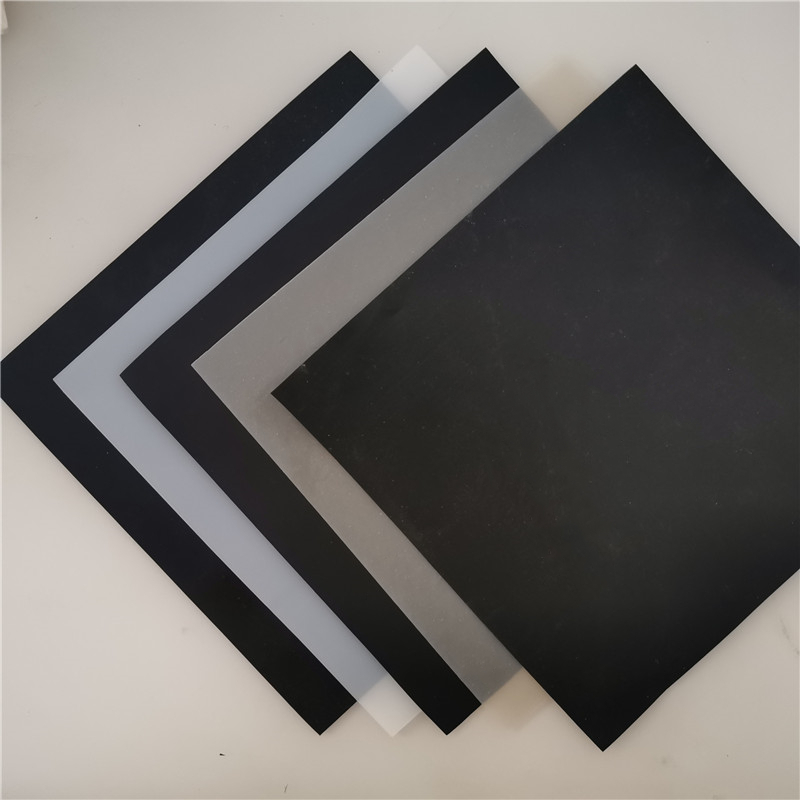
产品介绍:
![1602753842167687.jpg 2017324167530[1].jpg](/static/upload/image/20201015/1602753842167687.jpg)
Introduction to Geocells
Geocell is a three-dimensional grid structure formed by high-strength welding of reinforced
HDPE sheet materials. It is generally made by ultrasonic needle welding. Due to engineering req-
uirements, some holes are drilled in the membrane sheets. The most commonly used ones are w-
elded geocells.
The characteristics of geocells
1.It features free expansion and contraction, can be folded during transportation, and can be
stretched into a grid during construction. When filled with loose materials such as soil, crushed
stones, and concrete, it forms a structure with strong lateral restraint and high rigidity.
2. It is lightweight, wear-resistant, chemically stable, resistant to light and oxygen aging, and acid
and alkali resistant. It is suitable for different soil and desert conditions.
3. High lateral restraint and anti-skid, anti-deformation, effectively enhancing the bearing cap-
acity of the roadbed and the load dispersion effect.
4. By altering the geometric dimensions such as the height and weld spacing of geocells, different
engineering requirements can be met.
5. it can be extended and retracted freely and has a small transportation volume. Convenient
connection and fast construction speed.
The basic principle of geocells
The reason why geocells have attracted the attention of the engineering community due to
their efficacy can be traced back to their basic principles. In foreign literature, when describing
its principle, it is referred to as "a honeycomb-shaped three-dimensional confinement system
that can significantly improve the performance of common filling materials in load-bearing and
insect erosion control applications over a wide range." Its key principle is three-dimensional
confinement. As is known to all, when a car is driving in the desert, it will leave two deep ruts.
The pressed part will sink deeply, and the sides of the ruts will bulge high. If the vehicle behind
continues to move along the ruts, the sunken part will sink further and the raised part will rise
further until the raised part ruts against the vehicle's chassis and the sunken ruts bury more than
half of the wheels, thus making it impossible to move forward. The reason for this is that when
external loads act on the surface of the foundation, according to Prantel theory and Taylor theory,
under the action of concentrated loads, the active zone 1 is compressed and sinks, and the force is
decomposed and transmitted to both sides to the transition zone 2. The transition zone 2 then
transmits the force to the passive zone 3, and the passive zone will deform and rise without any limit.





